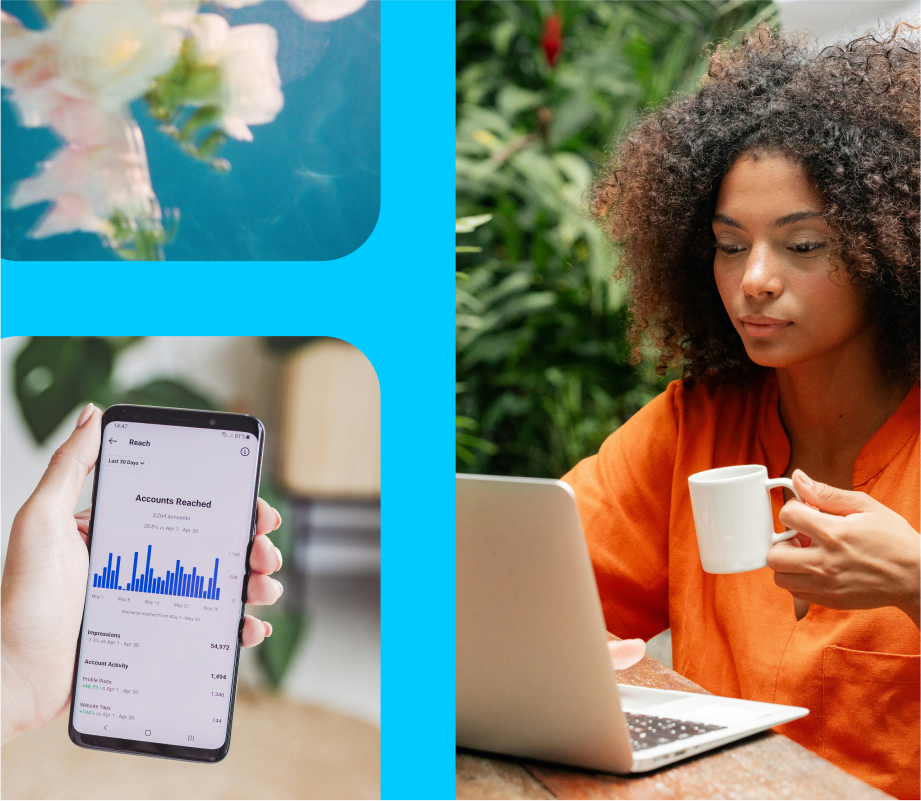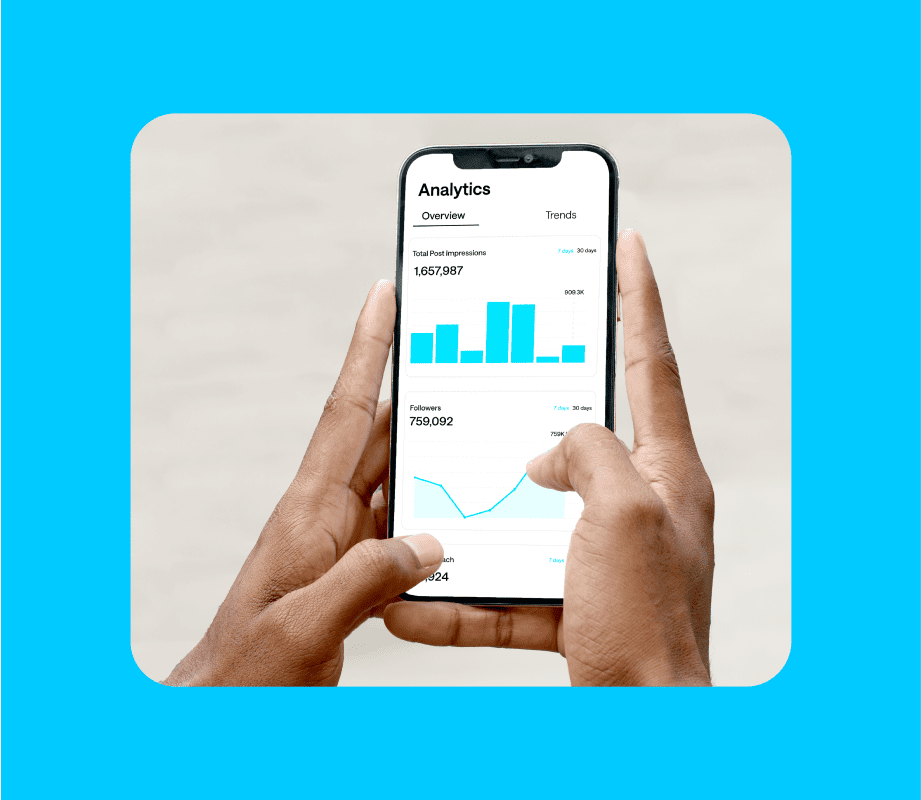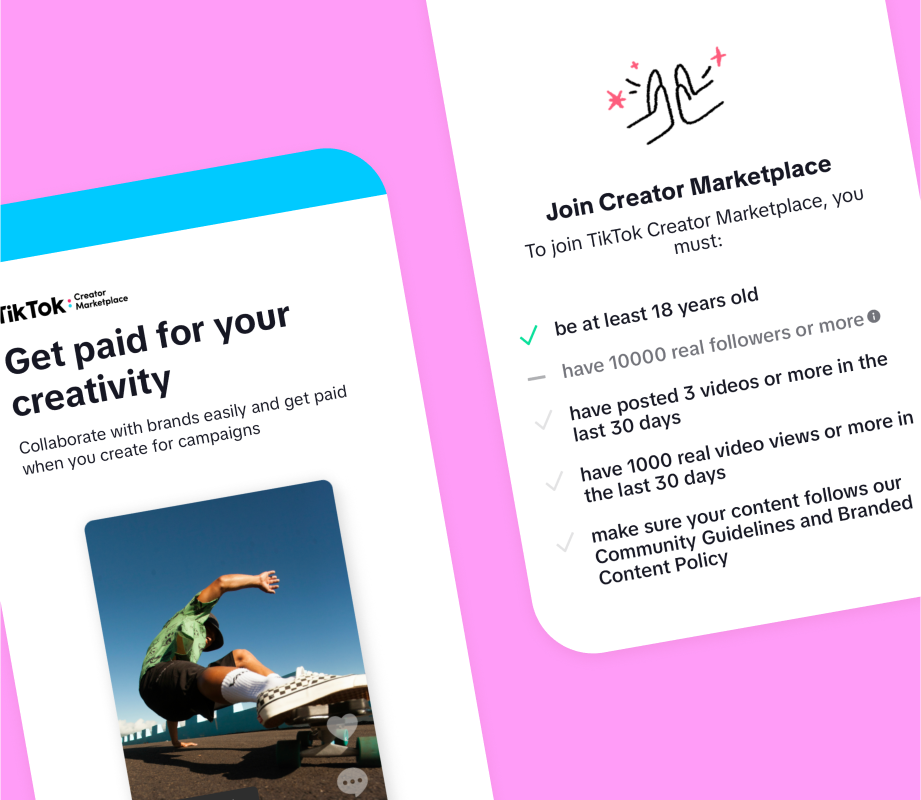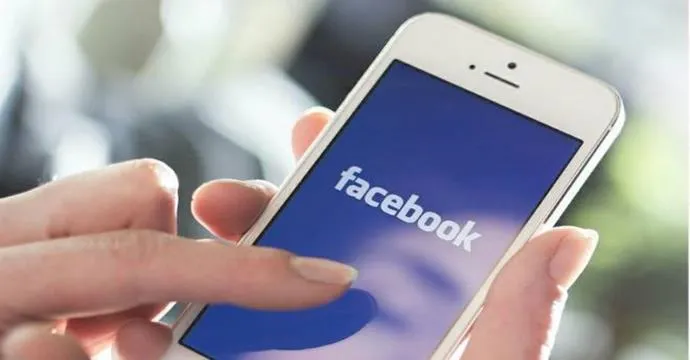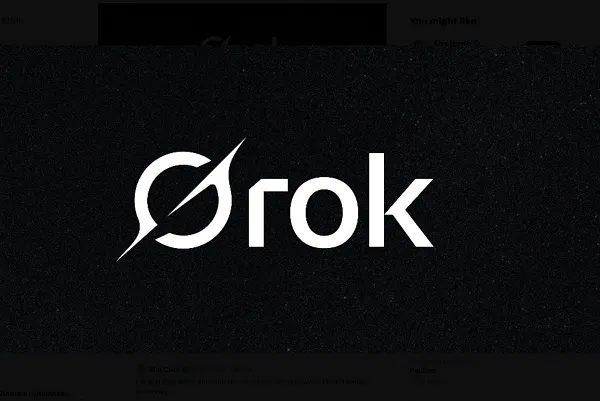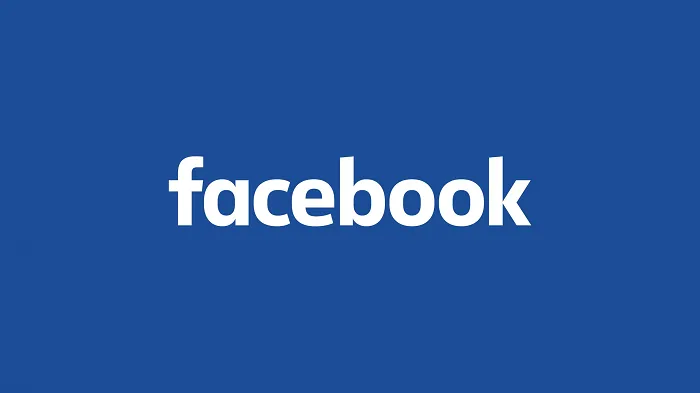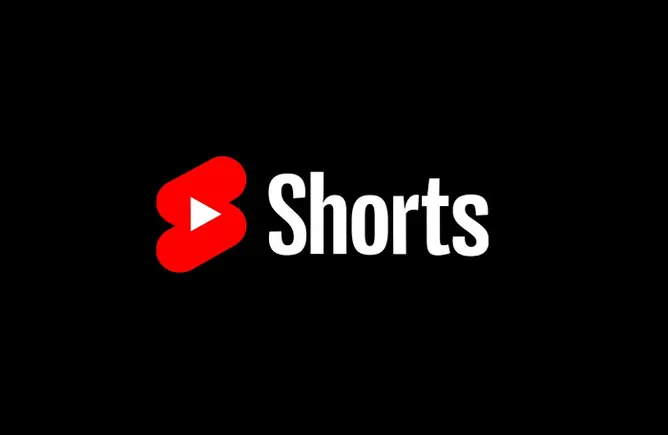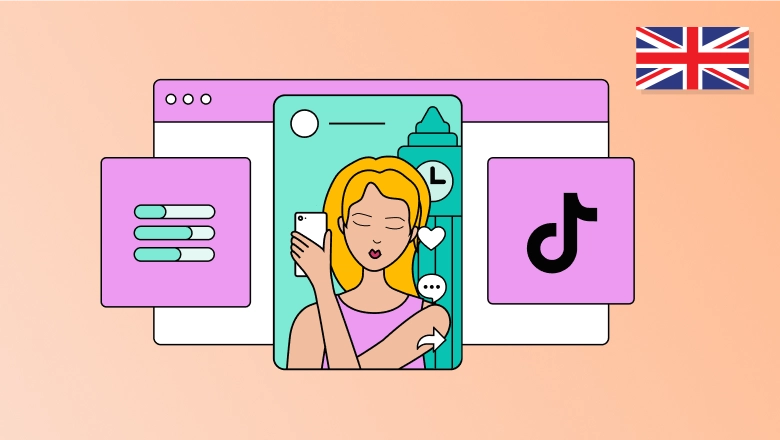How to Use Social Media as a B2B Company
This article shares tips on making your B2B social content less boring and creating a marketing strategy that drives positive results.


Social media marketing has become a necessity in most businesses' toolkits today. And B2B companies are no different.
If you’re saying, “But we sell to other businesses, not individuals, why do we need to practice social media marketing?” remember there’s still a human behind every B2B purchase, too. Numbers tell the same story:
- 75 percent of B2B buyers use social media to make buying decisions
- 60 percent of B2B marketers say social media is the most effective channel for driving revenue
That said, there are key differences between how you formulate a B2B social media strategy and a B2C social media strategy. This article will highlight those and help you create a solid social media strategy for your B2B company.
B2B social media marketing vs. B2C social media marketing: How should your strategy differ?
B2B social media marketing isn’t the same game at a different level; it’s a different league altogether. Here’s why:
- B2B social media marketing is more complex. B2B social media is less straightforward by the very nature of its products. While B2C products are usually not technical, B2B social media requires an in-depth understanding of complex topics and features.On the flip side, this complexity is also what keeps things interesting — ensuring your social media marketing efforts are always fresh. In B2C, social media marketing can start to blend after you reach a certain threshold of success.
- B2B social media marketing has a much longer sales cycle. Almost all B2B purchases require either multiple decision-makers or an extensive evaluation by an individual. This is because the average order value of a B2B purchase exceeds B2C averages (sometimes by a mile and more).Consumers can purchase mascara on a whim, but they won’t casually drop hundreds of dollars for a yearly subscription to a B2B tool.
- B2B social media marketing creates a wider impact. A B2B purchase is rarely for just one person; a whole team uses the tool. This means that while B2B social media marketing is hard(er) work and a long game, the impact is also wider.
- B2B social media marketing attribution is tougher. Since sales cycles can run astronomically long in B2B purchases, it’s difficult to attribute direct purchases via social media marketing in B2B. For example, a company might’ve discovered your B2B product via social media, but closing them might’ve taken one year — making it nearly impossible to attribute this sale in your social media performance reports. In B2C, attribution is usually more straightforward.
Despite all the differences, B2B social media marketing has a lot more in common with traditional social media strategies. Regardless of the business type:
- Both B2C and B2B social media marketing need to keep buyers front and center. Don’t use social media channels as a megaphone to talk about you, you, you. Instead, use social posts to help and entertain your potential buyers. Your goal is to alleviate their pain points via relevant content — regardless of company type.
- Both B2C and B2B social media marketing need an in-depth understanding of their target audience. You can’t create impactful social media content if you don’t know your potential buyers’ pain points and how you can help them.
- Both B2C and B2B social media marketing require interaction as much as posting. Social media isn’t a one-way street. You need to engage by responding to comments, direct messages (DMs), and having meaningful conversations with your buyers. You can’t build a solid social media community and foster genuine connections if you post and ghost.
- Both B2C and B2B social media marketing need social listening. You need to know what your buyers are thinking, which trends they are following, and what industry news is affecting them & how. Social listening is about keeping a pulse on what’s going on in your target audience’s life. It’s non-negotiable if you want to succeed with your social media strategy.
Now that you know the shared qualities and the core differences between B2C vs. B2B social media marketing, let’s address the elephant in the room: B2B social media content is boring.
How do you cast a boring-repellent on your B2B social media marketing
Before we get into how you can use a Hogwarts spell to transform boring B2B content into interesting, it’s important to note both “boring content” and “high-quality content” are subjective terms. What you think is boring might not actually be boring for your target audience. Just swap your social media feed with a friend’s and you’ll see their For You page is drastically different from yours. It might be uninteresting to you, but it’s keeping them hooked. So don’t sweat creating complex and technical content if you’re confident your audience will love it.
Still, most B2B social media companies have a snooze-worthy social media presence. It largely comes down to three issues:
1. Not having a thorough understanding of your target audience
You need to know what your target audience thinks & worries about, who influences their purchases, and what they use social media for. This is easier to do in the B2B industry because you have sales reps and customer success departments who know your potential customers’ pain points very well. Ask for their help — B2B social media marketing (and any marketing, for that matter) is cross-functional.
Cognism’s overall digital marketing strategy does this exceptionally well. They often create educational LinkedIn content and relatable memes that prove how well they understand their potential customers.
2. Not entrenching yourself in the subcultures of your target social media platforms
B2B social media marketing isn’t about being on many social media platforms. It’s about being at the right ones (more on that in the next section). And more importantly, it’s about understanding the specific sub-culture of your chosen social platform.
For example, TikTok is all about participating in trends, showing your face, letting loose, and honing in on authenticity. You don’t need to create your content in a suit; it needs to be casual. But LinkedIn is drastically different. Here, you can share product tips and be much more company-focused than you can be on TikTok. Twitter (now X) always has its own trends specific to industry news or location.
You can only ace all of this once you’ve spent a lot of time and energy not only creating social media content, but using these platforms to understand how your potential customers use it.
Tl;dv is a great example because they regularly create TikTok content that hits just right with their target audience. You can tell they know and understand how TikTok works — the pacing, the content ideas, and the quick transitions, all match the TikTok vibe. Plus, they know their audience’s pain points (and how to make fun of them). SDR = Sales Development Rep. (aka. entry level cold-caller) sdr techsales corporatehumour accountexecutive ♬ original sound - tldv.io - AI Meeting Recorder - tldv.io - AI Meeting Recorder
When I asked Ian Evans (part of the organic social media team at tl;dv) about he finds such relatable content ideas, he explained the comments are the goldmine: “Even if our video is only a basic joke, it can often prompt people to share their experiences or stories in the comment section. We can get new ideas but also learn what our audience finds funny/not funny.”
3. Not knowing your B2B product from top to tail
You can know your target audience and how to use different social media platforms. But it’s all for nothing if you don’t know the product you’re selling.You need to know which features fulfill what desires, why your customers choose you over your competitors, what’s on your product roadmap & why, and how your existing customers use your product. All this info will help you create social media content that will truly resonate with your target audience.
TallyForms does this best — regularly highlighting and promoting their new features & templates using social content. Customer feedback matters, even the not-so-good ones.











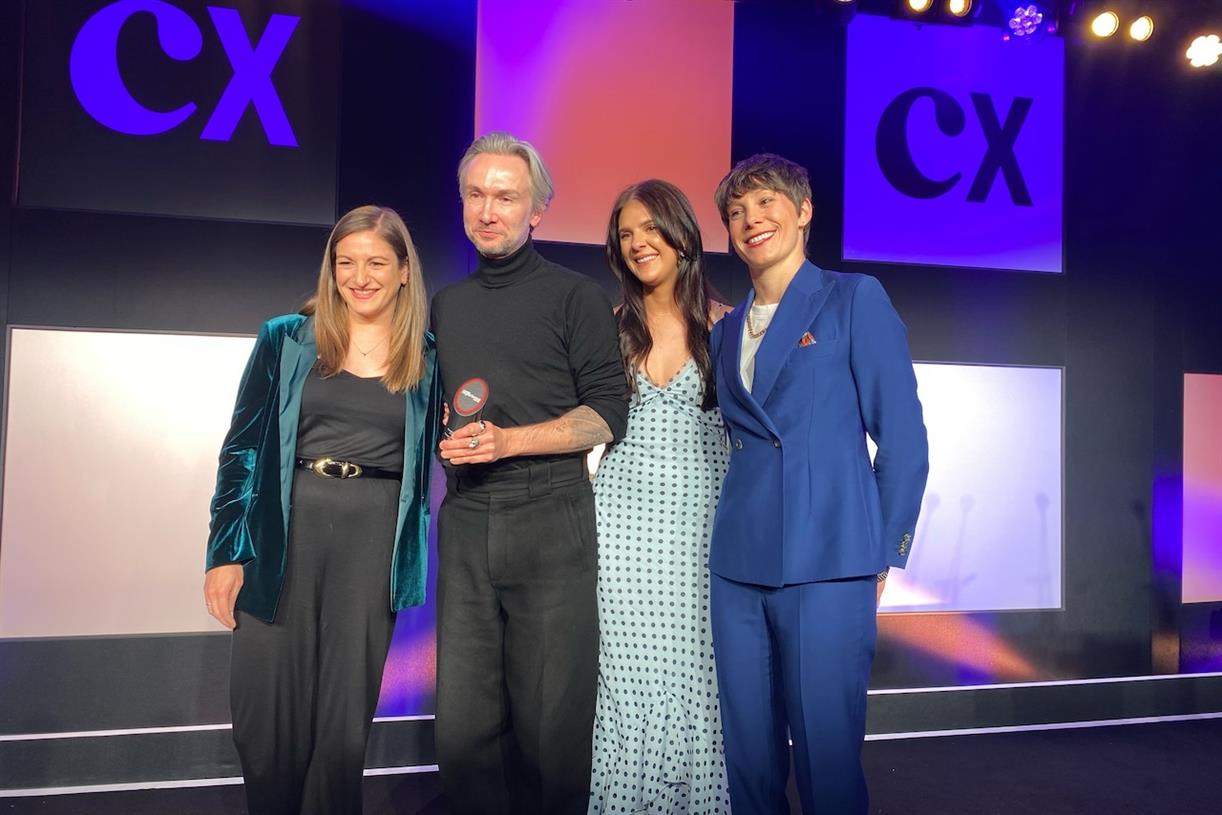











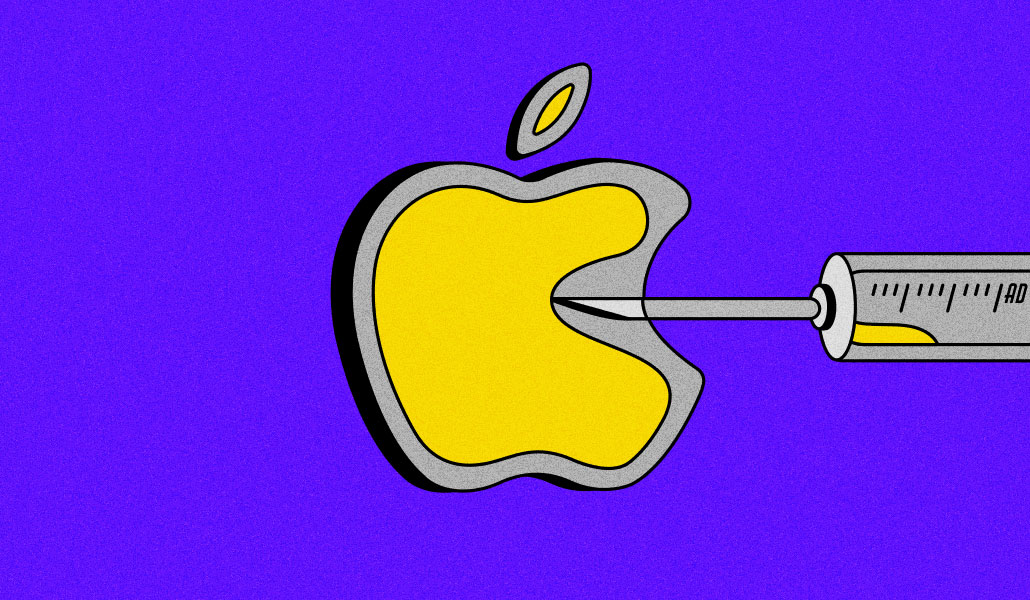













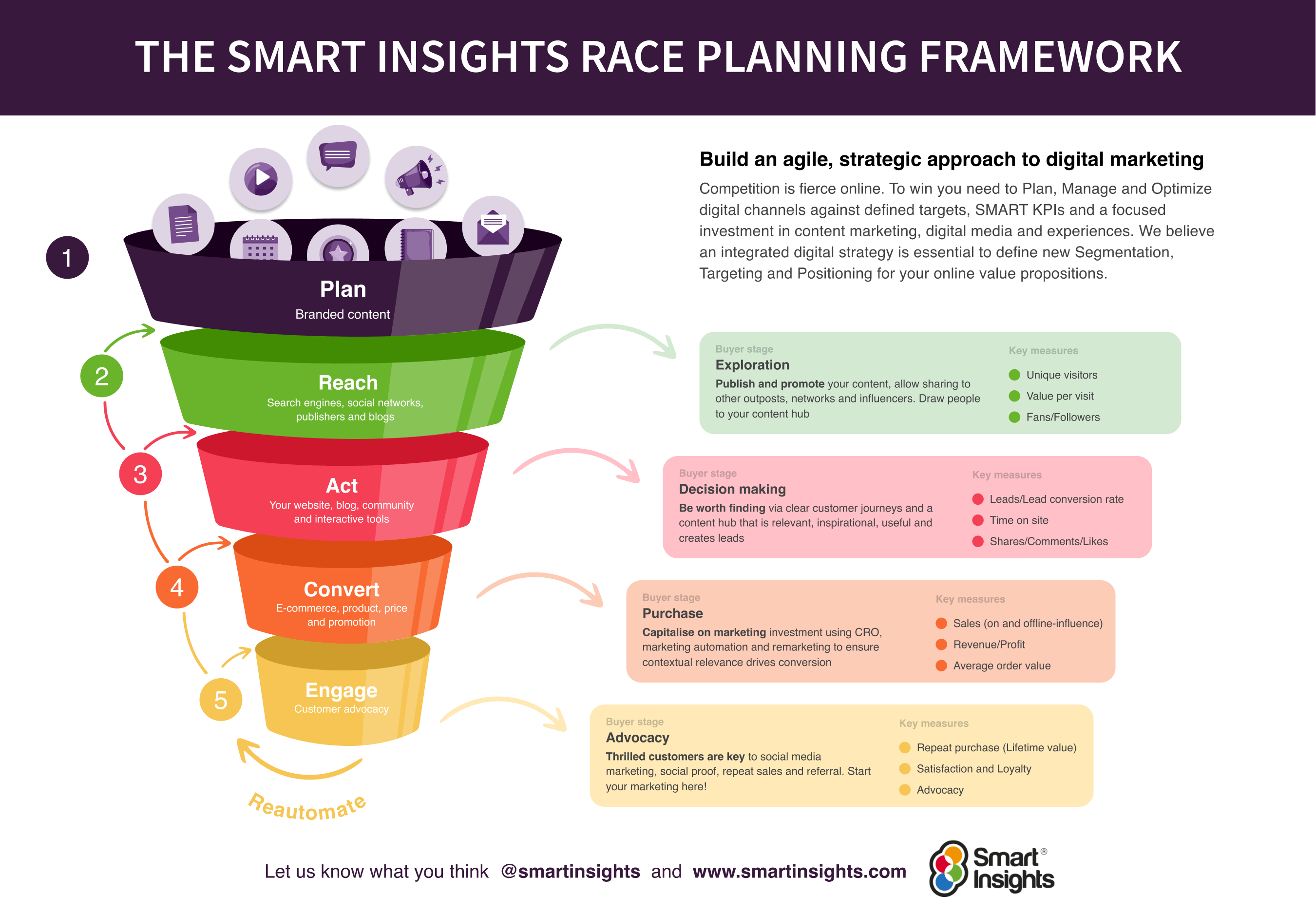
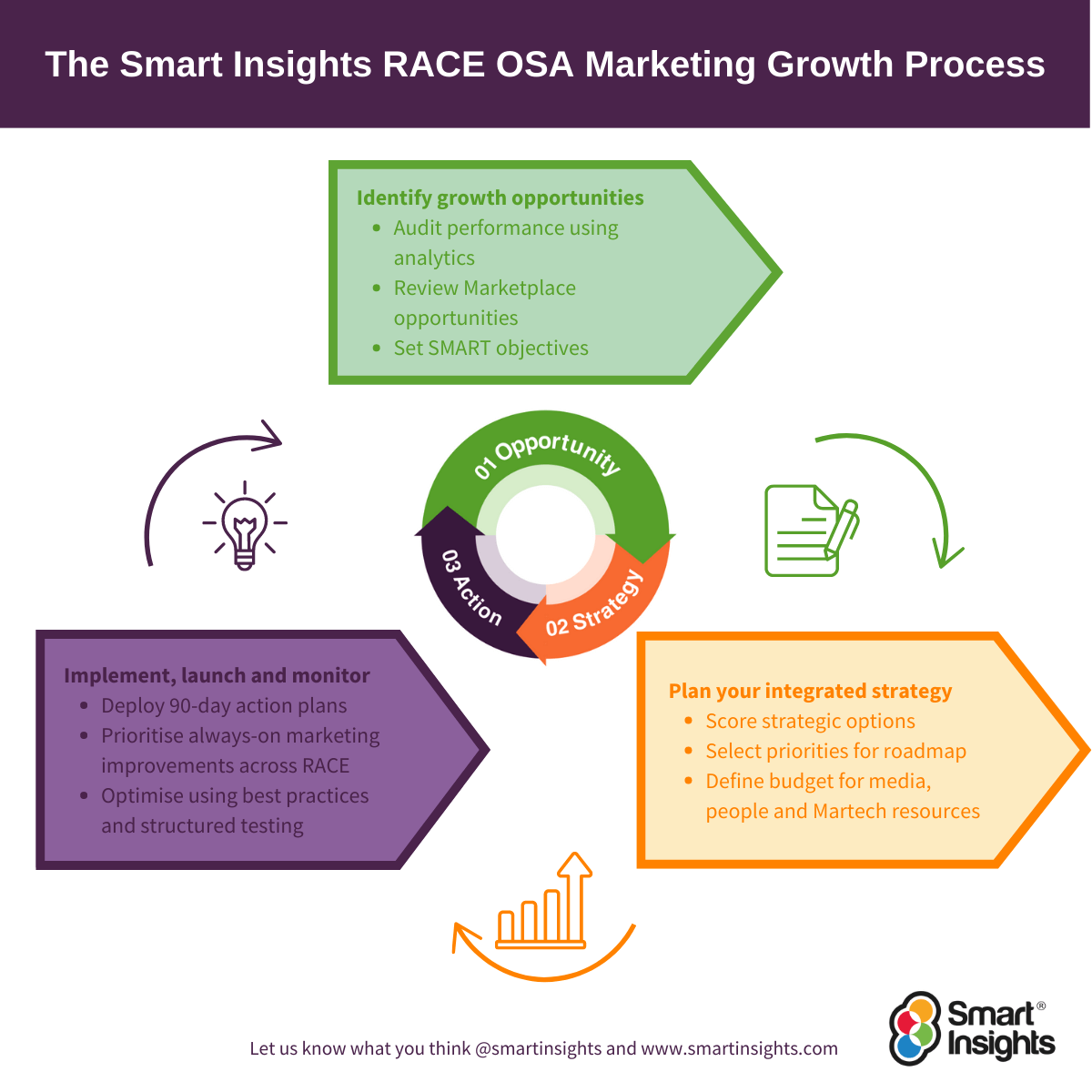
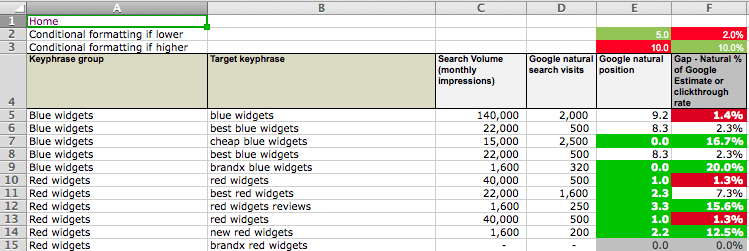


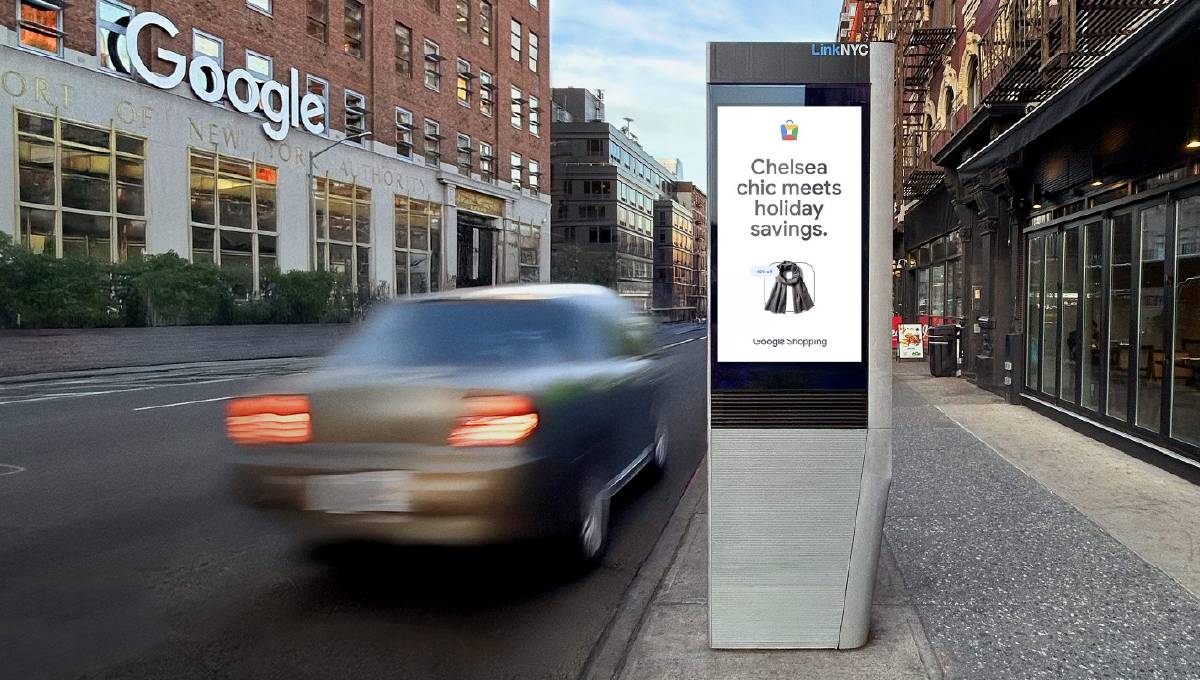





![How Marketers Are Using AI for Writing [Survey]](https://www.growandconvert.com/wp-content/uploads/2025/03/ai-for-writing-1024x682.jpg)

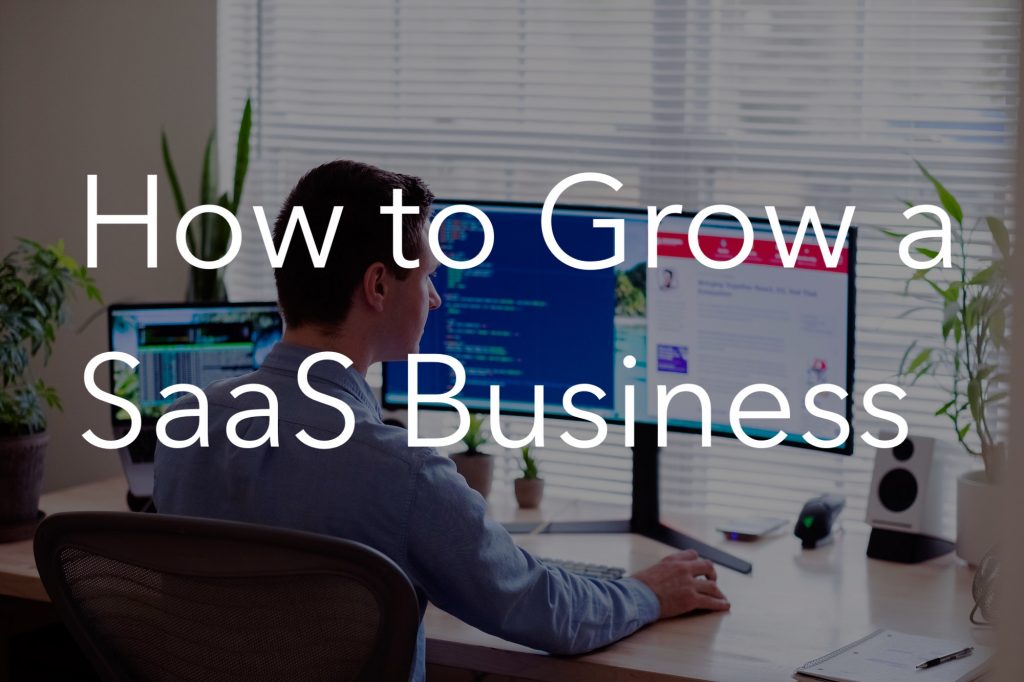





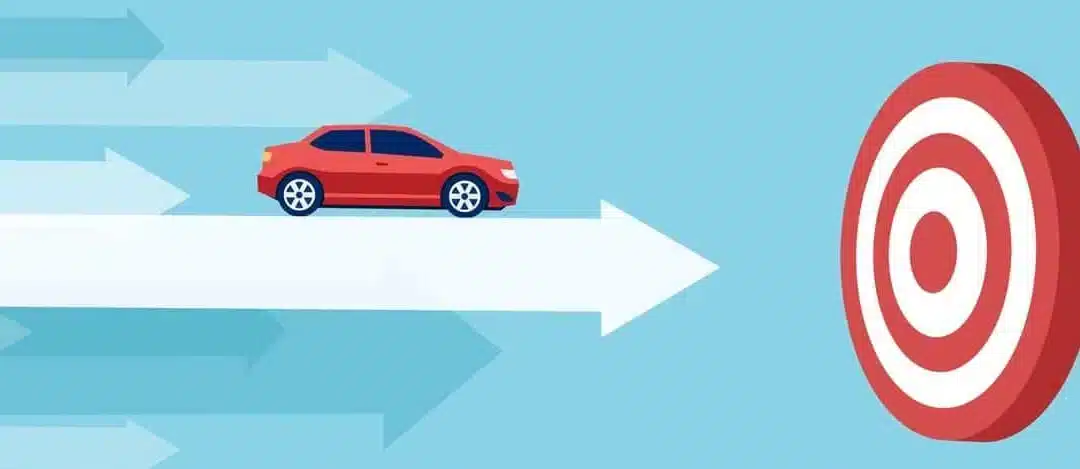






































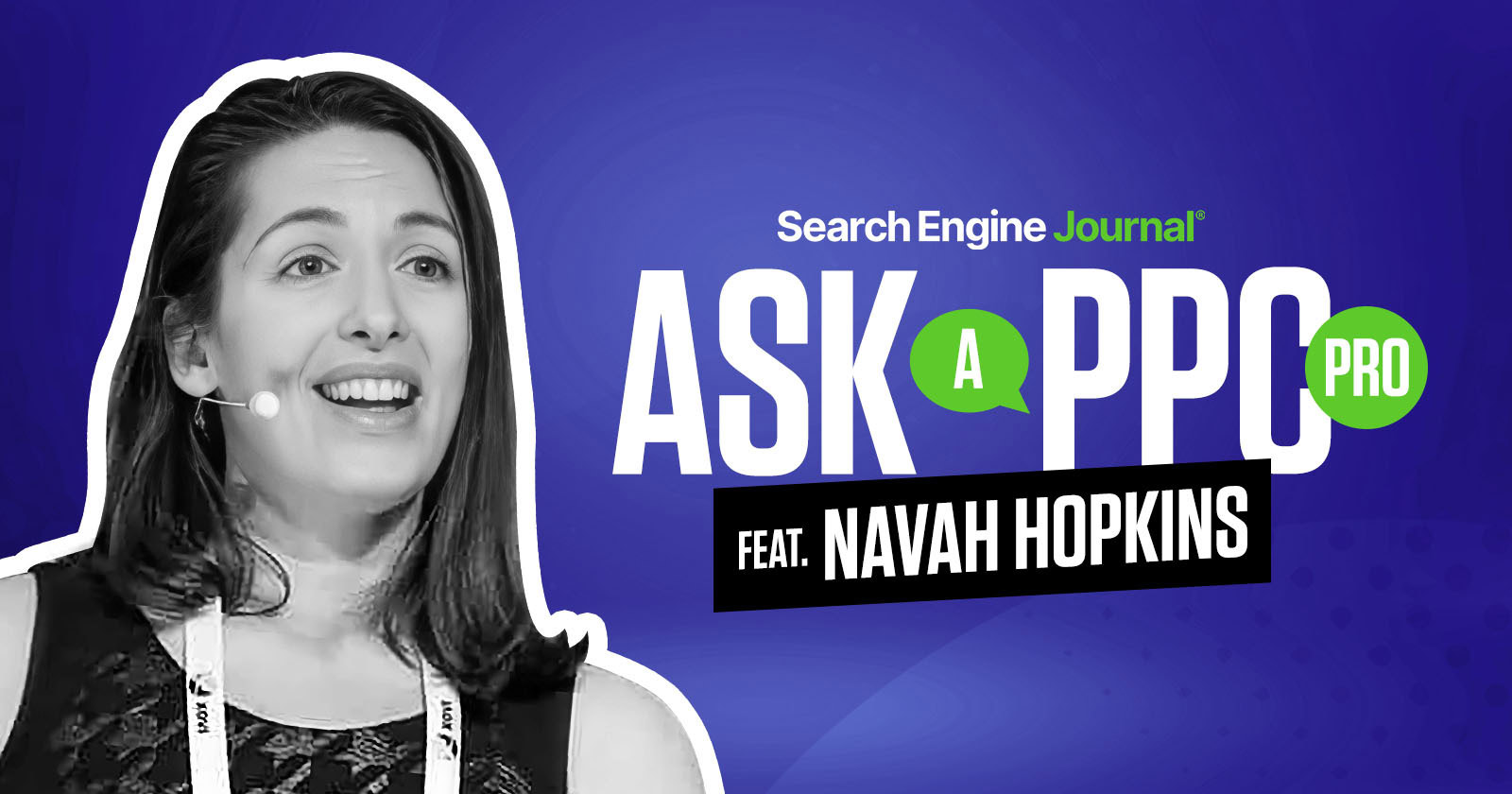

![31 Top Social Media Platforms in 2025 [+ Marketing Tips]](https://static.semrush.com/blog/uploads/media/0b/40/0b40fe7015c46ea017490203e239364a/most-popular-social-media-platforms.svg)


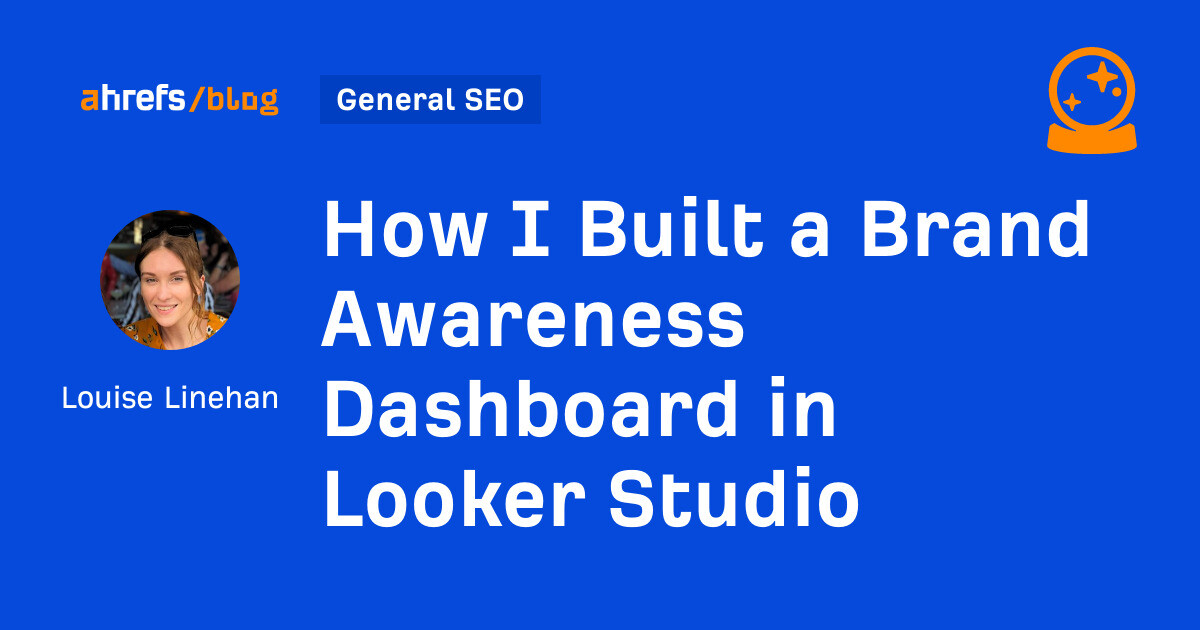
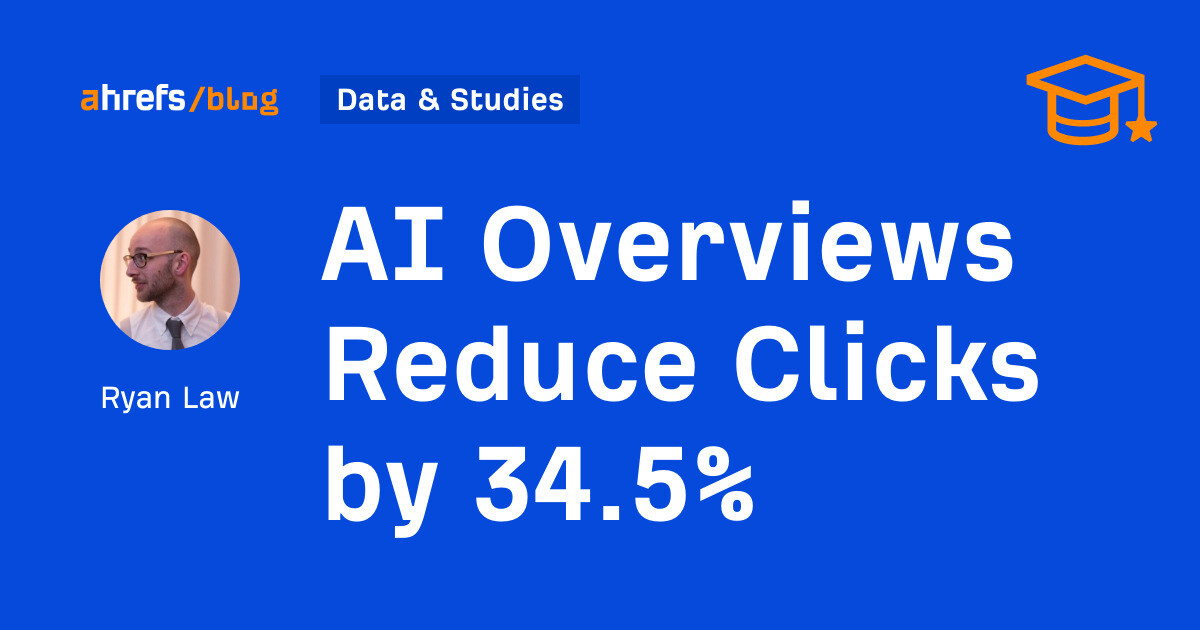
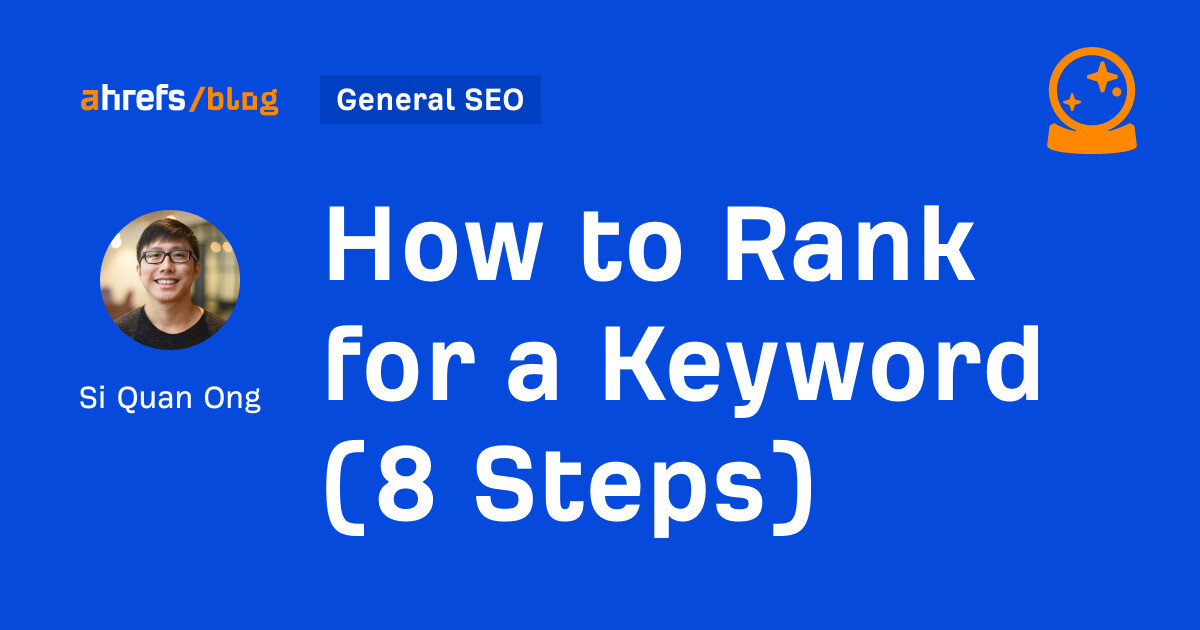


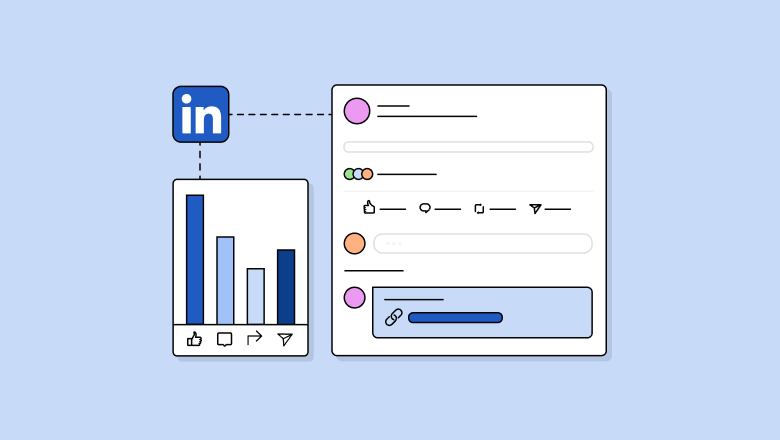




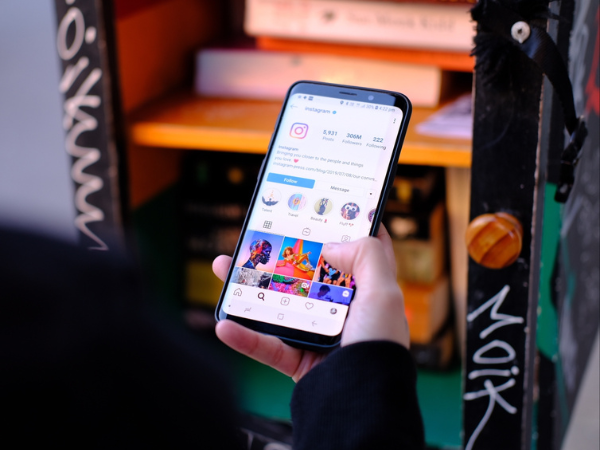








![Gated Content: What Marketers Need to Know [+ Examples]](https://www.hubspot.com/hubfs/UNGated%20Content.png)

